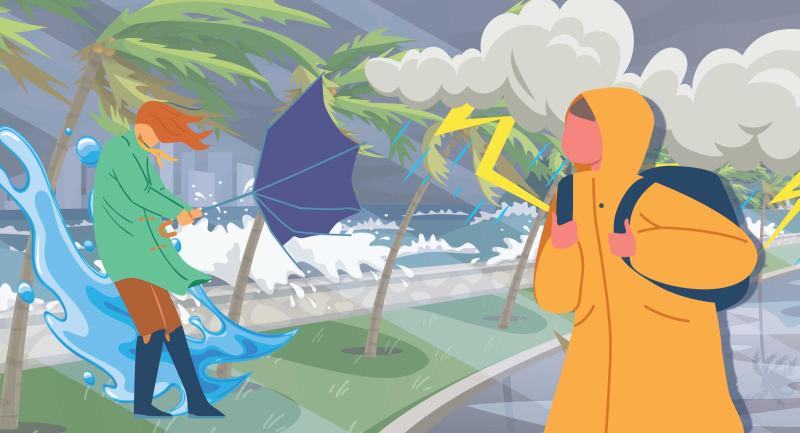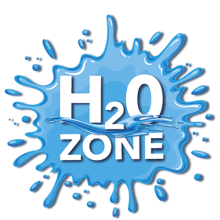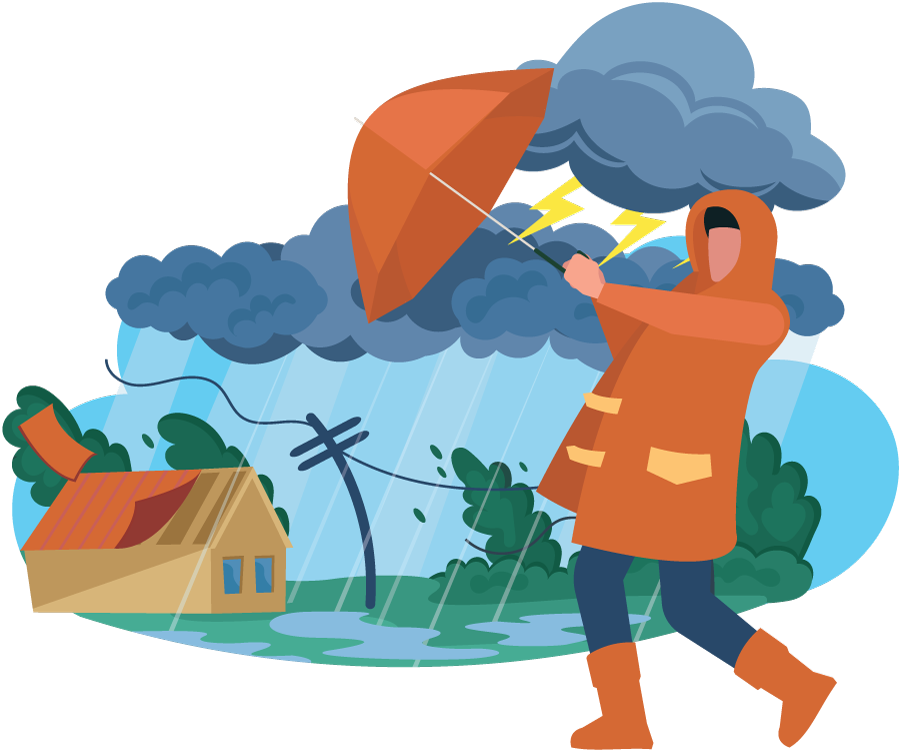From June through November, we live nervously here in Florida. Why? Energy and water from the tropics can venture toward the southeastern U.S. in gigantic, spinning storms we call “hurricanes.”
Hurricanes begin when a storm develops over warm surface waters. As warm air rises in the center of the storm, it creates an upward current of air, called an updraft. The surrounding air is attracted to the storm’s center, where it rises and causes the pressure to drop. The updraft continues to spin and strengthen as more air is drawn in from larger and larger areas surrounding the storm system, creating powerful hurricanes. Florida is especially vulnerable to hurricanes since it is almost completely surrounded by warm water.
Hurricanes can be very destructive, but they are also part of the natural cycle in Florida. Of course, no one wants to be part of a natural cycle that includes storm surges, massive waves, devastating flooding and winds that can rip the roof right off of a house.
Most people don’t like them, but hurricanes have been around a lot longer than we have. Florida’s plants and animals have adapted to them, and some even benefit from the effects of hurricanes. Unfortunately, hurricanes have been getting stronger and more common lately, and some natural systems seem to be having trouble recovering.
How about you? Is your family prepared for a hurricane? Do you know what you’ll do if the water cycle gets temporarily disrupted by a huge storm? Learn how to get prepared by visiting NOAA’s Hurricane Preparedness Page.
Whew! You survived The Scary Side of Water section. Continue on to the Word Glossary.



